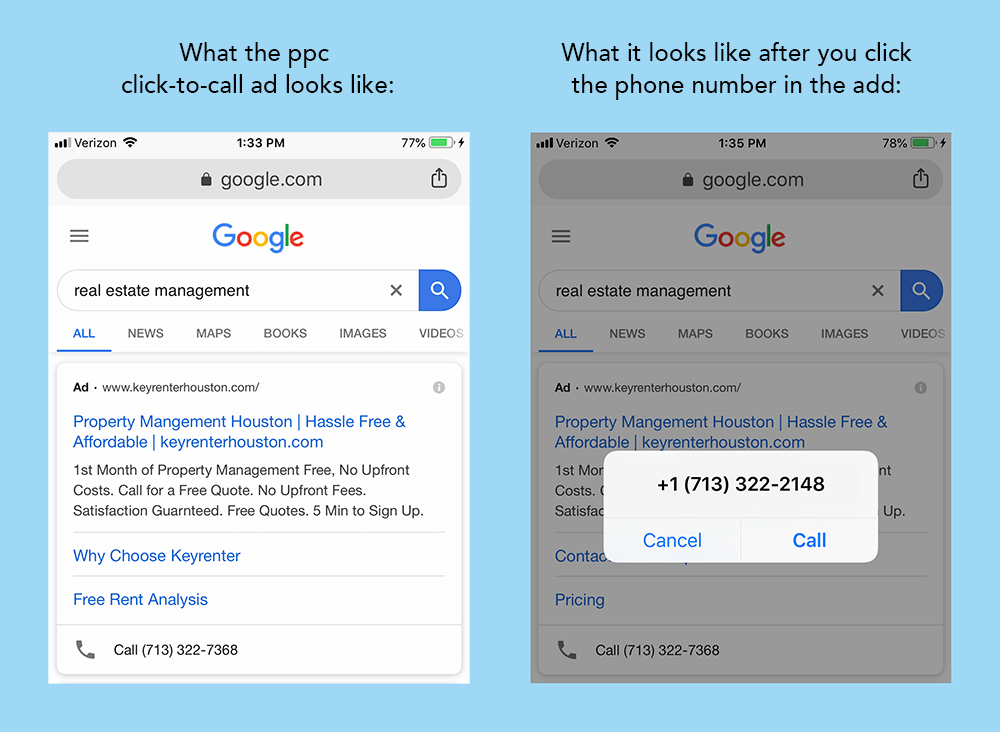Remarketing is one of the strongest conversion tactics in digital marketing today.
By using artificial intelligence technology, search engines such as Google and Bing allow companies to serve display advertising or standard text ads to previous visitors of their websites.
The key word in digital remarketing advertising is relevance.
Both Google and Bing offer a plethora of options when it comes to digital remarketing. Here are 10 types of remarketing you can do on their networks.
Five remarketing tips
Google video remarketing
More and more of today’s digital display advertising is done through video, and this feature allows you to take advantage of that medium.
Google Ads will allow you to serve ads to people who have visited your YouTube channel or other videos you have.
Google email list remarketing
If you have a list of customer’s email, you have to utilize these emails to remarket to them.
As a custom audience upload email lists to Google Ads, you can offer these potential customers advertisements whenever they signed into their Gmail, YouTube or Google search accounts – you need to make it sure that you are not using your previous converters.

Display different product categories
To showcase various categories of products, make a remarketing list for every product category where the URL for every list includes the category name.
Create relevance between your ads & audience
With image ads, you need to create something suitable for your audience.
With text ads, you have the chance to utilize audiences to change the text dynamically in the ad in order to talk to the prospects.
Generic ads are not good to all of the work that you have put into segmenting and understanding your audience.
Bing remarketing in paid search
Through remarketing in paid search, you can build lists and optimize campaigns for specific audiences that have visited your site before.
The remarketing lists you create will put previous site visitors into buckets based on what action you want to take.
Short conclusion
Harness the opportunity to target those who have already inquired about your product or service and just didn’t make a purchase or complete a conversion.
















